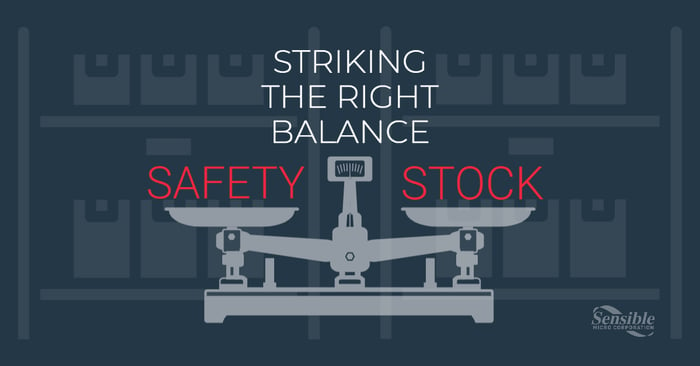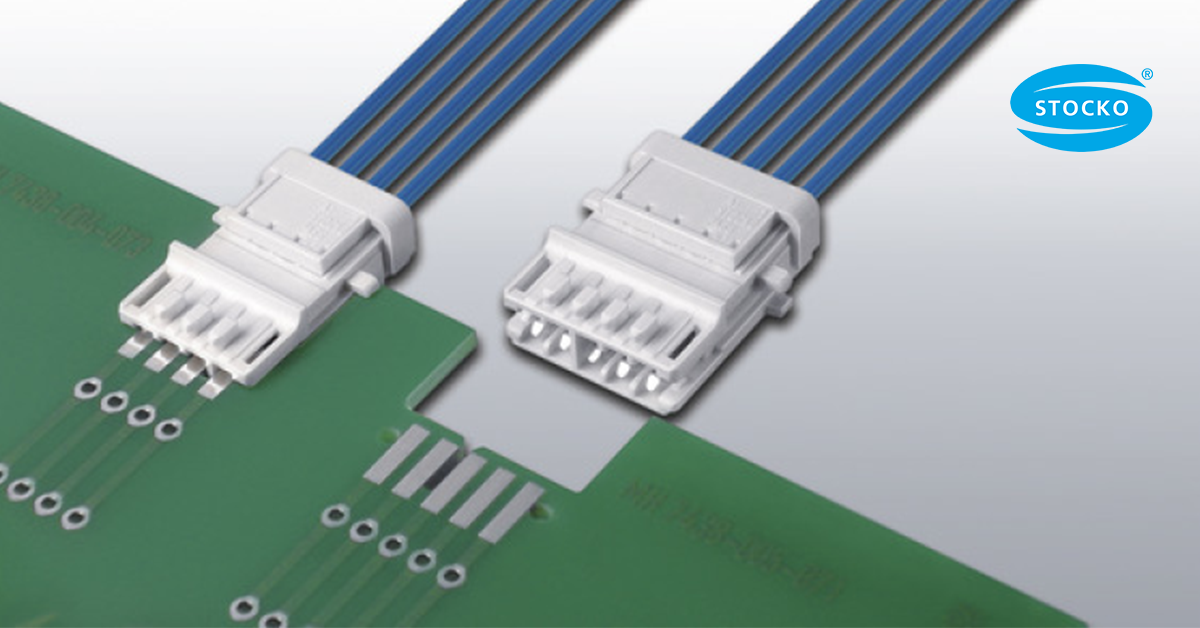As the demand for new technology and electronics continues to grow, shortages and component obsolescence are becoming an increasingly large threat to OEMs and EMS providers everywhere. In addition, seasonal changes in customer demand can also lead to a greater need for goods. However, proper precautions can be taken by buyers to ensure there is enough inventory in stock in case these situations arise. Without proper planning, OEM and EMSs may find themselves without the necessary stock to produce products; leading to lost revenue and customer dissatisfaction. For this reason, establishing a stocking program that includes a safety stock plan is a necessary safeguard.
What is Safety Stock?
Safety stock is often referred to as buffer stock, as it is just that—a buffer of product in the event of a shortage or variation in product levels from suppliers. When forecasting demand for a product, 100% accuracy is not often achieved. Add in seasonal changes and one-off events resulting in shortages or disruptions in the supply chain, getting an accurate forecast that takes into account all unknowns can seem nearly impossible to do. By working with suppliers, OEMs and EMS companies can have a predetermined amount of their needed components set aside in the event of unforeseen circumstances. The overarching goal of safety stock is to ensure that OEM and EMSs have a sufficient component supply available to them through their production runs, no matter what changes to the supply chain occur.
What is Bonded Inventory?
Bonded inventory has evolved into a practice in which a supplier buys and stores needed materials for a contracted period of time as part of their safety stock plan. In doing so, OEMs and EMS providers can take comfort in knowing that their specific inventory is reserved and can be accessed when needed. In the event of a shortage or the discontinuation of a product, having a bonded inventory plan is crucial to mitigating potential revenue losses. Ensuring that a warehouse’s bonded inventory is secured with climate-controlled facilities is crucial to products staying in good, working condition.
What is an Inventory Stocking Plan?
An inventory stocking plan can go by many names, including a scheduled inventory plan, blanket purchase order, blanket purchase agreement, a call-off order or contracted inventory. While the terminology used may change, the functions stay the same. A scheduled inventory plan lays out inventory delivery terms as agreed upon by both OEMs and EMS providers with their suppliers. In essence, these agreements set forth a recurring cadence for when supply will be delivered. Stocking plans tend to reduce lead times and improve efficiency since a supply is set in place for recurring purchases. Most stocking plans include just-in-time (JIT) deliveries, allowing OEMs and EMS providers to enjoy reduced overhead and fixed cost savings by saving space in inventory.
Preparing for Changing Market Conditions
When working with an electronic component supplier and distributor to determine an inventory stocking plan, safety stock is an important element to take into consideration. The marketplace ebbs and flows, leading to times of shortages, discontinued products and increase customer demand. By having the right contingency plans in place coupled with a well-estimated blanket purchase agreement, OEMs and EMS companies can ensure they are ready for unexpected changes.
Sourcing Solutions for the Long-Haul
Sensible Micro has robust sourcing solutions including creating inventory stocking plans to fit the unique needs of OEMs and EMS providers everywhere. Our services are designed to be proactive towards the threats of component shortages and obsolete parts, all while benefiting our customers’ bottom-lines. We stock a wide array of electronic components, including passive components, semiconductors, integrated circuits, hardware, interconnects and more.
Learn how Sensible Micro partners with OEMs and EMS providers to provide world-class sourcing solutions.



















